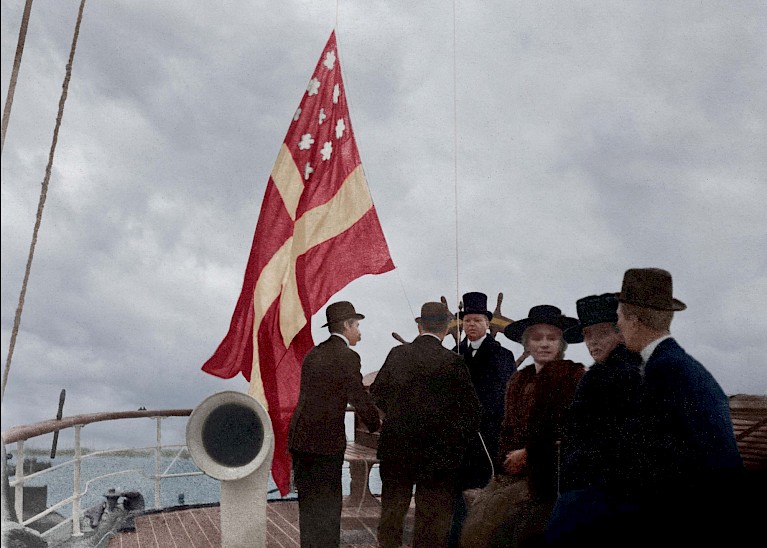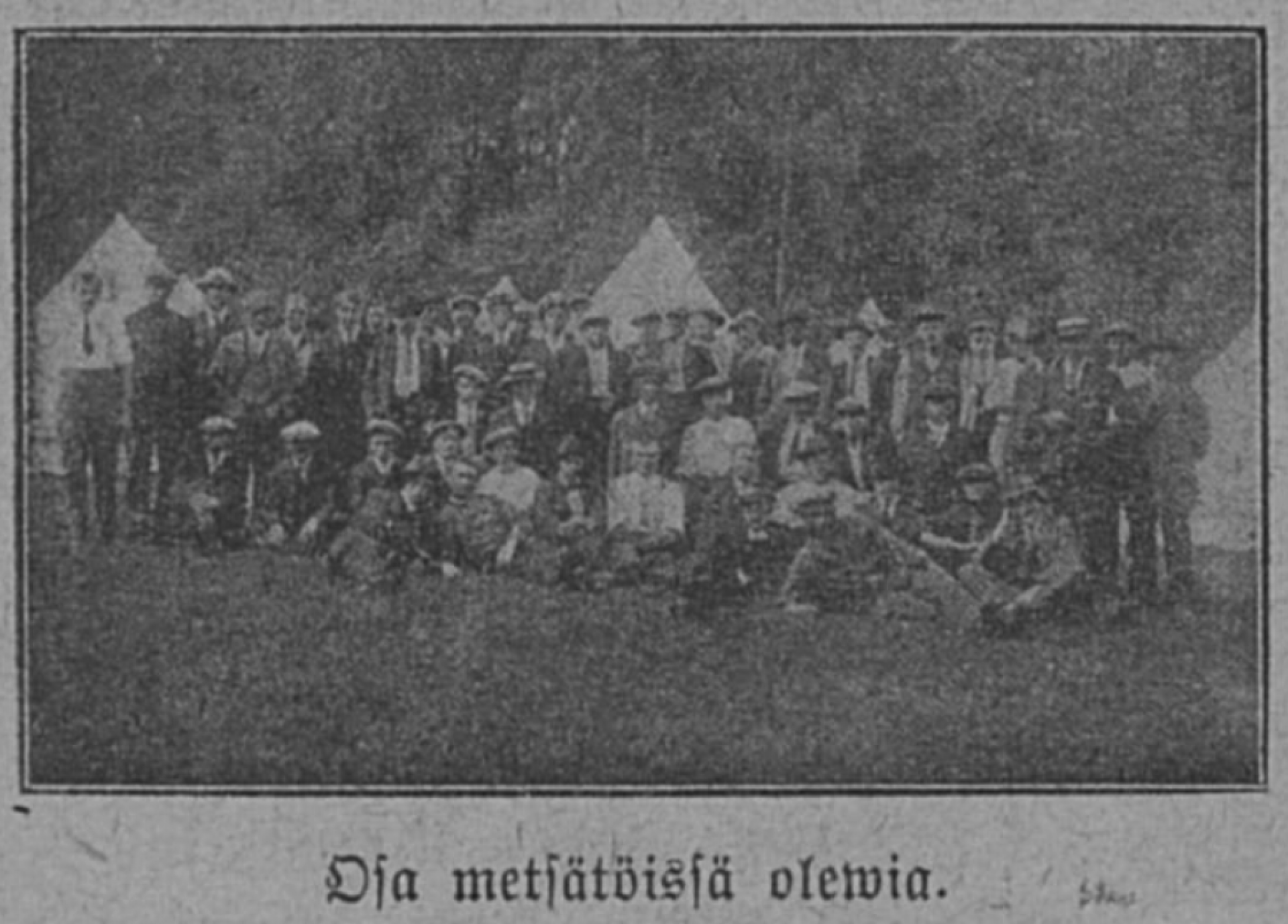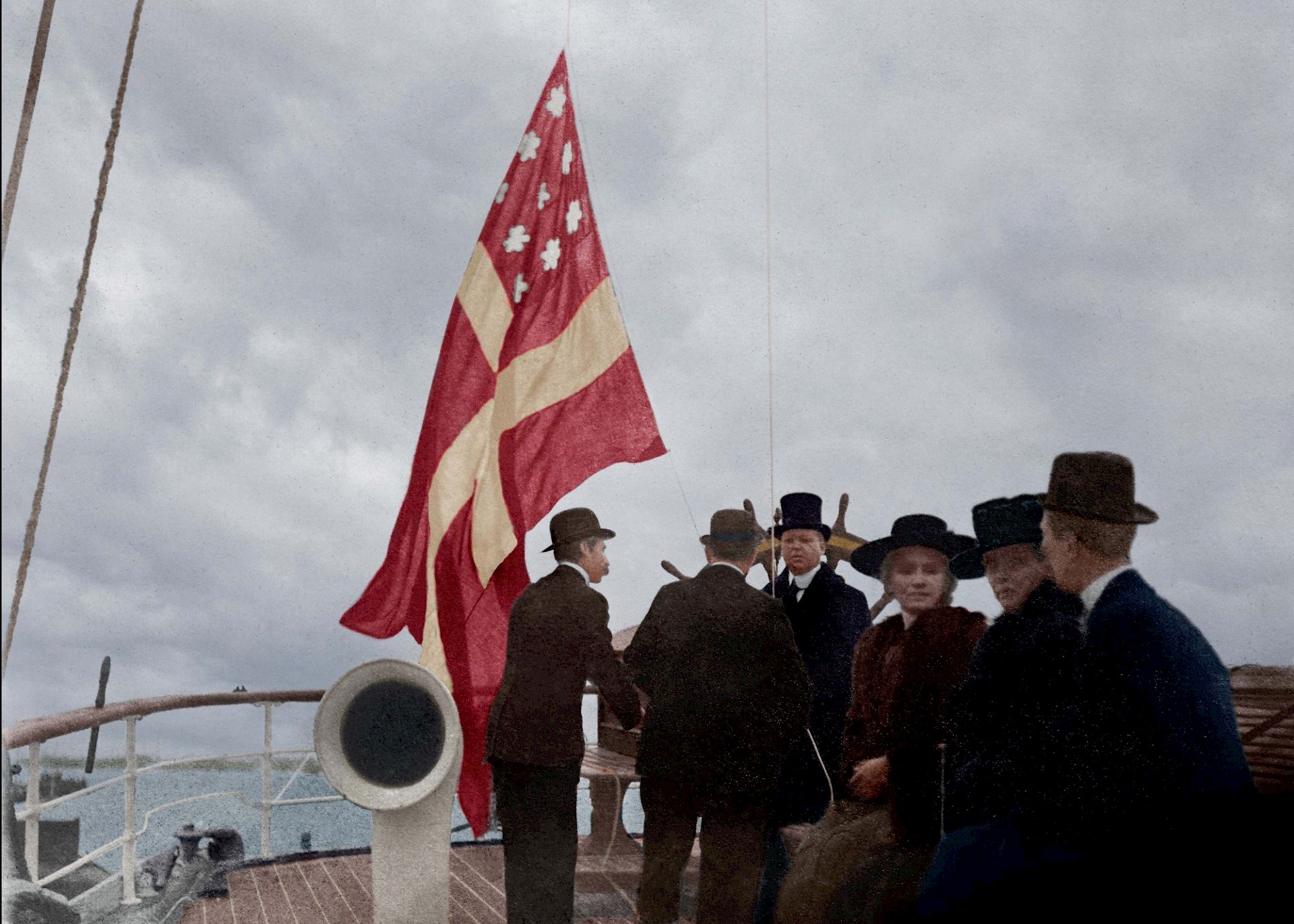
At Independence, Finnish seafarers face dilemma
An interim period started from the February Revolution in Russia (March 1917); the Senate of Finland contacted representatives of foreign powers in certain issues. Permanent solutions were made only after the Civil War ended in early May 1918.
All through the vague period that lasted over a year, there were Finns around the world, for instance seafarers and migrants. The lack of embassies and consulates made it difficult for them to verify their nationality and hence for the seafarers to find work. Rudolf Holsti was Finland’s interim delegate in London 1918-1919 before the diplomatic relationships were established. He reported home frequently about the situation of the seafarers as well. Many of them had served on Finnish, British or neutral countries’ ships, losing their belongings and employments when Germans sunk their ships. Finnish vessels were also confiscated by the British merchant marine, by Russian consent. Finns were also known to serve in the armies of Australia, Canada and New Zealand.
Seamen’s Mission organizes timber work
Seafarers were employed in timber work on the British Isles from the summer of 1917 on. Maritime Law of 1873 entitled seafarers to assistance by consulates, but the authorities could help very little during the war. When Finland gained independence, the Russian consulate no longer assisted the sailors, while Finland had not established a consulate yet, and other Nordic consulates were unable to help.
Finnish seafarers gathered especially in Liverpool, where the staff of the local Seamen’s Mission realized their distress. Porter in the Seamen’s Chapel, K. Lumijärvi, came up with the idea that the Finns could be employed in timber work. Pastor Sjöblom wrote to the British government, with the result that about 300 seafarers worked in various timber sites around the country in the summer of 1917. By the end of the year, they numbered about 1500, in more than 300 sites. About 1000 of them were Finns, and at least the other Nordic countries were represented. Porter Lumijärvi worked as foreman.
The British government paid their wages, 8 Pounds a month, plus lodging and food. Meat and bread were available as much as they needed, but they had no sugar. The circumstances can be considered at least similar to internment, especially in the spring of 1918 when there were German soldiers in Finland. The men were allowed to move freely, but they were under control and the obligation to work.
Finnish Independence Day celebrated at Midsummer in Australia
The Seamen’s Mission decided to open a branch in Sydney in 1916 and to send engineer John Oskar Boijer there; he had experienced spiritual conversion. He established a Seamen’s Home in the port of Sydney. The news about the February Revolution was heard in Australia as well. The postal connections between Finland and Australia were broken due to the war, so the news travelled slowly. Boijer was certain of Finland becoming independent; he concluded that the date would be ”the most lovely day”, i.e. Midsummer. He organized a celebration of independence on Midsummer Day. A major part of the Finnish migrants were deserters from ships.
Seamen’s Mission was the first organ to grant unofficial certificates of Finnish nationality in Britain and in Australia in the summer of 1918. In August, 20 persons born in Rauma received their certificates. Boijer helped the authorities by writing certificates of nationality. By agreement of Australia and the USA, he was the only representative of independent Finland whose certificates were accepted until Consul Kaarlo Nauklér started as the official delegate in 1918.
National emblems for the independent country
Motivated by the idea of nationality, discussion about the Finnish flag grew in the late 19th century. Several designs were presented in the 1860’s. The main disagreement was about whether the colours should be blue and white or red and yellow. Meanwhile, yacht clubs assumed their own flags. Nyländska Jaktklubben chose in 1861 a blue cross flag with the coat of arms of the province of Uusimaa in the upper hoist quarter. Its model was the flag of St. Petersburg Imperial Yacht Club. In 1890, the Finnish Senate established this model for all yacht clubs.
Before Finnish independence already, several maritime organizations had turned to the Senate, hoping that a merchant flag be established. The Senate formed a flag committee, under Commercial Counsellor Lars Krogius; its further members were architect Eliel Saarinen and Ph.D. Uuno T. Sirelius. On 8.12.1917 already, just after the declaration of independence, the committee proposed a flag based on heraldic and the Finnish coat of arms. It featured a dark-red background and the coat-of-arms facing the pole. The design for the merchant flag was a yellow cross on red background, with nine white roses in the upper hoist quarter.
What Kind of Flag?
Opinions were still divided between blue-white and red-yellow. A further proposal for the merchant flag was a blue cross on a white background. The matter was submitted to Parliament, where it was tabled and transferred to the foreign affairs committee. After a lively discussion, the committee set up a division to organize a competition among artists. The matter was taken up again only after the Civil War. On 28.5.1918, Parliament accepted a marine blue cross on a white background, with the Finnish coat of arms in its centre. The merchant flag was just the blue cross on a white background.

